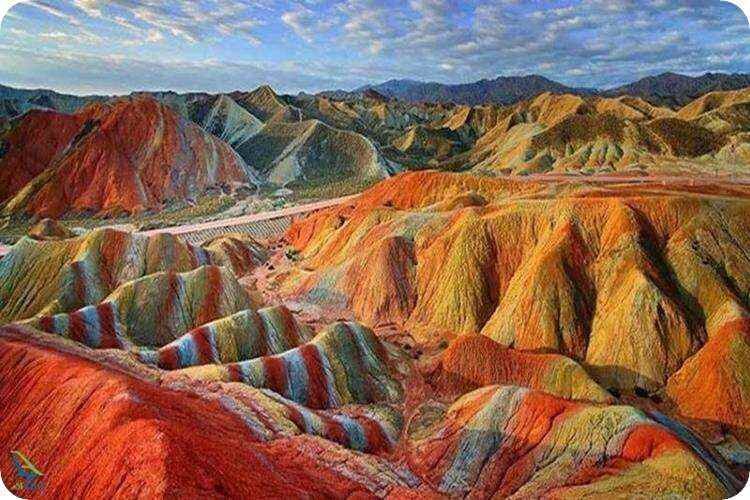Hormuz Island still under-the-radar destination

TEHRAN—Hormuz Island in the Persian Gulf is still an under-the-radar destination for many potential sightseers, a local official has said.
“We are set to formulate a comprehensive plan dedicated to travel surge in Hormuz Island,” Hormozgan province’s tourism chief said on Friday.
Formulating that all-inclusive plan will be a basis for identifying investment capacities and public services for local communities and those who choose Hormuz as a tourist destination, Mohammad Mohseni explained.
The official said updating the tourism infrastructure will lead to the launch of new businesses, which will have positive effects on improving the quality of life for local communities.
“We hope to help to maximize the tourism potentials of the island when the comprehensive plan is implemented.”
With its colorful soils, salt caves and mountains, and ocher-stained streams and beaches, the historical island is located in the Strait of Hormuz, 8 km off the Iranian coast.
Most of its visitors are day-trippers who come from Bandar Abbas or Qeshm Island, so even the only settlement. Some say that Hormuz is a sleepy little village that kicks off its shoes each evening and relaxes into mellow contemplation of the setting sun! The rugged interior is a scenic, geological wonderland of different-colored volcanic rocks and soils, while the coastline is a stunning mix of golden beaches and awesome bluffs.
Ocher soils on the island have proven appealing to cooks, artists, and miners alike. Locals reportedly use the red soil to season a certain type of bread. Groups of artists have used it to create expansive sand carpets. Sand from a mine in the northern part of the island has also been used in paints, cosmetics, ceramic tiles, and for the exteriors of buildings.
One nongeological feature of the island stands out in the image: At the northern end, a small inlet hosts a concentrated patch of mangroves that appears green. Known locally as Hara forest, the area serves as a habitat for numerous types of fish, mollusks, crustaceans, and migratory birds.
The island also features ruins of Portuguese ramparts with clusters of eroding artillery cannons all around. In the early 16th century, the land was occupied by Portuguese forces who utilized it as a stopover for ships' voyaging to Goa, Gujarat, and nearby Qeshm.
The arid island gets unbelievably hot during midday, so ideally, winter may be the best time to pay a visit. In the summer, its temperature can rise to over 45 °C.
AFM
